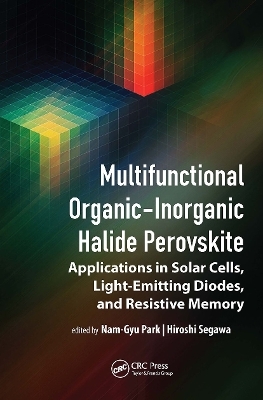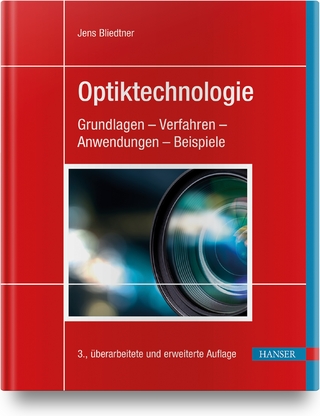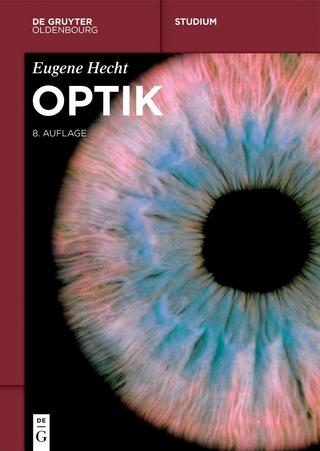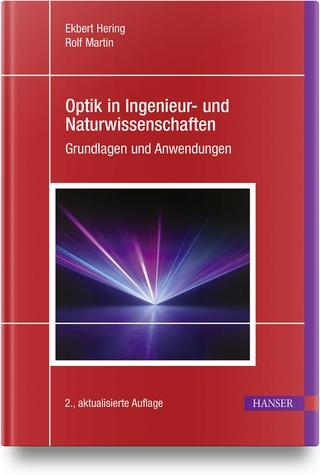
Multifunctional Organic–Inorganic Halide Perovskite
Pan Stanford Publishing Pte Ltd (Verlag)
978-981-4800-52-5 (ISBN)
Perovskite is a well-known structure with the chemical formula ABX3, where A and B are cations coordinated with 12 and 6 anions, respectively, and X is an anion. When a halogen anion is used, the monovalent A and divalent B cations can be stabilized with respect to a tolerance factor ranging from ~0.8 to 1. Since the first report on ~10% efficiency and long-term stability of solid-state perovskite solar cells (PSCs) in 2012 and two subsequent seed reports on perovskite-sensitized solar cells in 2009 and 2011, PSCs have received increasing attention. The power conversion efficiency of PSCs was certified to be more than 25% in 2020, surpassing thin-film solar cell technologies. Methylammonium or formamidinium organic ion–based lead iodide perovskite has been used for high-efficiency PSCs. The first report on solid-state PSCs triggered perovskite photovoltaics, leading to more than 23,000 publications as of October 2021. In addition, halide perovskite has shown excellent performance when applied to light-emitting diodes (LEDs), photodetectors, and resistive memory, indicating that halide perovskite is multifunctional.
This book explains the electro-optical and ferroelectric properties of perovskite and details the recent progress in scalable and tandem PSCs as well as perovskite LEDs and resistive memory. It is a useful textbook and self-help study guide for advanced undergraduate- and graduate-level students of materials science and engineering, chemistry, chemical engineering, and nanotechnology; for researchers in photovoltaics, LEDs, resistive memory, and perovskite-related opto-electronics; and for general readers who wish to gain knowledge about halide perovskite.
Nam-Gyu Park is a professor and Sungkyunkwan University (SKKU) fellow at the School of Chemical Engineering, SKKU, South Korea. He worked as postdoctoral researcher at the Institut de Chimie de la Matiere Condensee de Bordeaux–Centre National de la Recherche Scientifique (ICMCB-CNRS), France, from 1996 to 1997 and the National Renewable Energy Laboratory, USA, from 1997 to 1999. He was principal scientist at the Electronics and Telecommunications Research Institute (ETRI), South Korea, from 2000 to 2005 and director of the Solar Cell Research Center at the Korea Institute of Science and Technology (KIST), South Korea, from 2005 to 2009. Prof. Park is a pioneer of solid-state perovskite solar cells and was selected as one of the New Class of Nobel Prize–Worthy Scientists in September 2017. Since 1997, he has been working on high-efficiency mesoscopic nanostructured solar cells. Hiroshi Segawa is a professor at the Graduate School of Arts and Sciences and the Research Center for Advanced Science and Technology, University of Tokyo, Japan. He joined the Graduate School of Engineering, Kyoto University, as research associate in 1989 and moved to the Graduate School of Arts and Sciences, University of Tokyo, as associate professor in 1995. From 2009 to 2014, he was the core researcher of the Funding Program for World-Leading Innovative R&D on Science and Technology for the development of organic photovoltaics toward a low-carbon society. Since 2015, he is a project leader working on the development of perovskite-type innovative solar cells with low production cost. His research interests include perovskite solar cells, energy-storable solar cells, photoenergy conversion, and molecular systems.
1. Theoretical Investigations on Organometal Halide Perovskite 2. Electronic Property of Organic–Inorganic Lead Halide Perovskite 3. Optical Excited-State Properties of Halide Perovskites 4. Ferroelectricity in Perovskite Solar Cells 5. Tandem Structure 6. Perovskite Resistive Memory 7. Carbon-Based Large-Scale Technology 8. Halide Perovskite Light-Emitting Diodes
| Erscheinungsdatum | 11.03.2022 |
|---|---|
| Zusatzinfo | 9 Tables, black and white; 32 Line drawings, color; 48 Line drawings, black and white; 4 Halftones, color; 6 Halftones, black and white; 36 Illustrations, color; 54 Illustrations, black and white |
| Verlagsort | Singapore |
| Sprache | englisch |
| Maße | 152 x 229 mm |
| Gewicht | 603 g |
| Themenwelt | Naturwissenschaften ► Physik / Astronomie ► Optik |
| Technik ► Elektrotechnik / Energietechnik | |
| Technik ► Umwelttechnik / Biotechnologie | |
| ISBN-10 | 981-4800-52-X / 981480052X |
| ISBN-13 | 978-981-4800-52-5 / 9789814800525 |
| Zustand | Neuware |
| Haben Sie eine Frage zum Produkt? |
aus dem Bereich


